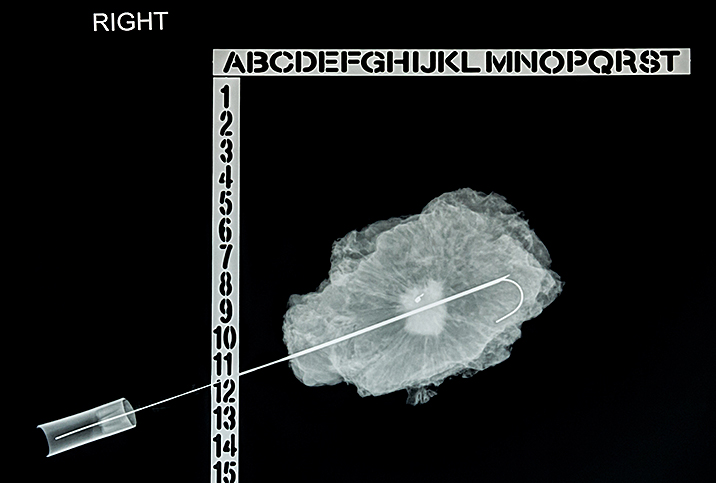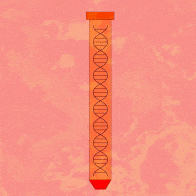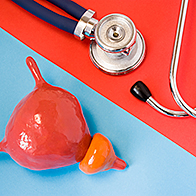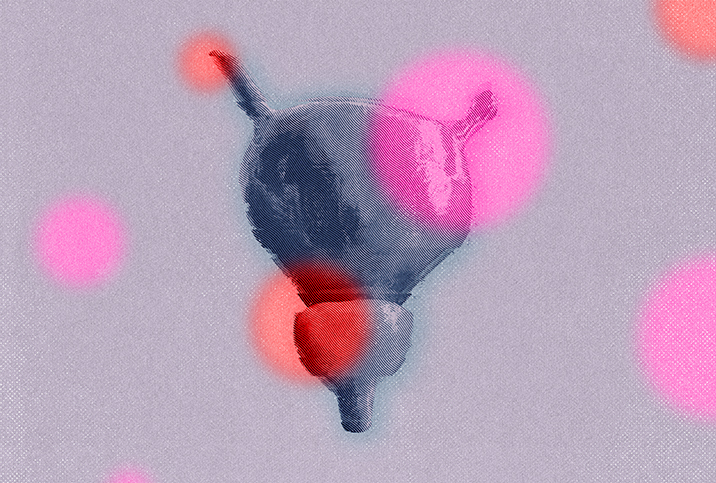Your Doctor Said Prostate Biopsy. Now What?

Every man reaches a point in their life when they need to start being aware of potential prostate issues. That means yearly trips to get an exam to check for warning signs. Even with regular monitoring, prostate issues can worsen to the point of needing a biopsy to see what's happening.
Maybe you've heard about the unpleasant nature of a prostate biopsy and its recovery, and don't want to submit to the procedure. While the patient always has a say, a biopsy can be the best course of action, as it helps your doctor see if the prostate gland has abnormal cells in it, and remains one of the most common ways to check for cancerous cells. Up until recently, if a doctor suspected you had prostate cancer, you'd likely be recommended for a prostate biopsy.
Magnetic resonance imaging (MRI) and various liquid tests have cut down on the number of biopsies conducted today, but you may eventually hear these words: You need a prostate biopsy. If so, it's best if you know what happens before, during and after the procedure.
Steps taken before a biopsy
A doctor's first diagnostic step in prescribing a biopsy is to examine your medical history and give you a physical exam. For most patients, the most uncomfortable part of this process is the digital rectal exam, which involves a doctor inserting a gloved and lubed finger into the rectum to check for anything unusual. The prostate gland is located below the bladder and in front of the rectum.
If your doctor believes there's a problem with your prostate, they will order blood tests to further investigate. Doctors look for the prostate-specific antigen (PSA) in your blood test. PSA is a protein produced by both normal and cancerous cells in the prostate. High PSA levels can be a sign of prostate cancer or a noncancerous problem, such as prostatitis (inflammation) and benign prostatic hyperplasia (BPH) (enlarged prostate).
'Let's avoid unnecessary biopsies and let's get the greatest diagnostic precision from the biopsies that must be done.'
Just 10 years ago, if a patient had abnormal prostate results from a blood test, they would be sent right away to get a prostate biopsy. Today, other tests come first.
One of the newer diagnostic steps in the field is conducting an MRI. Using this technology, doctors can get a more detailed picture of the prostate and determine what level of care each patient needs. An MRI can help a medical team see exactly where a lesion is located and, if needed, collect tissue samples more precisely during a biopsy.
"Thanks to MRI detection, roughly a third of biopsies can be avoided if the MRI does not reveal significant disease," said Dan Sperling, M.D., medical director of the Sperling Prostate Center in Delray Beach, Florida. The clinic helps discover, diagnose and treat cases of prostate cancer.
What happens during and after a biopsy?
Biopsy steps may differ depending on the type of procedure. A transrectal biopsy involves going through the rectum, while a transperineal biopsy is taken through the perineum, the area between the anus and the scrotum. The latter is usually guided by a computerized tomography (CT) scan or an MRI.
Broadly speaking, more traditional biopsies will use a probe and attached needles to take tissue samples.
"There is a new MRI-guided procedure proven to be more accurate while greatly reducing the pain and side effect risks of a traditional biopsy," Sperling said.
Ask about the specific method of biopsy they're recommending and what makes it preferable to other options.
A prostate biopsy is done without anesthesia. Once the doctor finds the area where they want to collect tissue samples, they'll numb the area and take between 10 and 12 samples, according to the Mayo Clinic. From start to finish, the whole procedure takes about 20 minutes.
The results should be ready within a few days. After they come back, your doctor will tell you whether the pathologist made any diagnosis or if you'll need further tests to identify the issue.
As far as procedure recoveries go, this one isn't too bad. You'll need to limit yourself to light activity for a couple of days, as well as take an antibiotic to prevent any possible infection. Otherwise, you should be feeling more like yourself a week after the procedure.
Patients have control over the biopsy process
You should know no doctor can force you to get a medical procedure you don't want. You have a right to accurate information so you know what to expect. If you're not okay with any part of the process, let your doctor know and both of you can look at potential alternatives.
If your doctor is suggesting a biopsy, you'll need to know what kind they have in mind. Ask about the specific method of biopsy they're recommending and what makes it preferable to other options.
Let your doctor know about any other health conditions you might have because they'll need to know what to monitor during the procedure. The more information your doctor has, the better they can treat you.
Potential prostate biopsy side effects
Doctors try to avoid unnecessary procedures because even a fairly simple one comes with downsides. Prostate biopsy side effects are to be expected, but most of them won't require hospital care. One study found 40 percent of men have some kind of complication, but only 1.2 percent of them need hospital admission.
Side effects will vary depending on the type of biopsy your doctor performs, Sperling said.
Any biopsy runs the risk of infection, pain or soreness. In addition, prostate biopsies can cause trouble with urinating, rectum pain, rectal bleeding and blood in the urine. However, you can take preemptive steps, such as using an enema before the procedure, to help improve your recovery.
If you feel feverish or your pain gets much worse, call your doctor as soon as possible. These are signs you have a more serious complication that needs prompt medical attention.
As more diagnostic advances are made, fewer unnecessary prostate biopsies will be performed, and this can only be good news for anyone with a prostate issue that isn't cancerous.
"Let's avoid unnecessary biopsies and let's get the greatest diagnostic precision from the biopsies that must be done," Sperling said.




















